We have much more to do and your continued support is needed now more than ever.
Fate of Gulf Wildlife Still Uncertain 4 Years After BP Oil Disaster
It has been four years since the Deepwater Horizon oil rig exploded, killing 11 workers and sending more than 200 million gallons of oil into the Gulf of Mexico.
A new National Wildlife Federation report, “Four Years into the Gulf Oil Disaster: Still Waiting for Restoration” takes a look at how wildlife are faring in the wake of the spill, and how we can restore the Gulf of Mexico. Below is just a quick glimpse of what’s at stake for some of the species featured in the report.
 Tweet: New @NWF Report: Four Years Into the Gulf Oil Disaster: Still Waiting for Restoration
Tweet: New @NWF Report: Four Years Into the Gulf Oil Disaster: Still Waiting for Restoration
Sea Turtles
Sea turtles covered in oil were some of the most shocking images from the disaster. But BP’s oil may have affected far more turtles than previously known. Buried in a recent federal study is the revelation that large-scale aerial surveys indicated that tens of thousands of sea turtles were in the oiled area of the Gulf in 2010.
The fallout from the spill may have put the brakes on the recovery of at least one sea turtle species. As Pamela Plotkin, the Director of Texas Sea Grant, explains, “The Kemp’s ridley sea turtle has long been the poster child for the possibilities of restoration in the Gulf. Once close to extinction, it has rebounded dramatically over the past 30 years. But four years ago, the numbers of Kemp’s ridley appear to have flatlined.”
 Tweet: Did the fallout from the BP #oilspill harm sea turtle recovery?
Tweet: Did the fallout from the BP #oilspill harm sea turtle recovery?
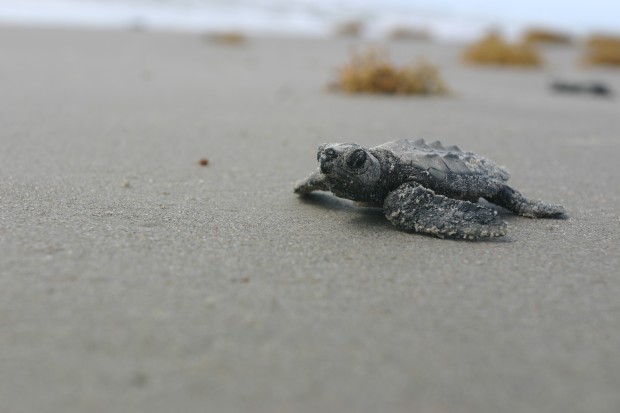
Oysters
Oysters are not just a treat for seafood lovers, these humble bivalves play an essential role in the ecology of the Gulf. A single oyster can filter as much as 50 gallons of water per day, and oyster reefs provide important foraging and refuge habitat for hundreds of different species.
However, a recent federal study looking at the environmental impacts of the spill found that oyster reproduction was “extremely low or zero in 2010” over large areas of the northern Gulf of Mexico—and that oyster reproduction remained low at least through the fall of 2012.
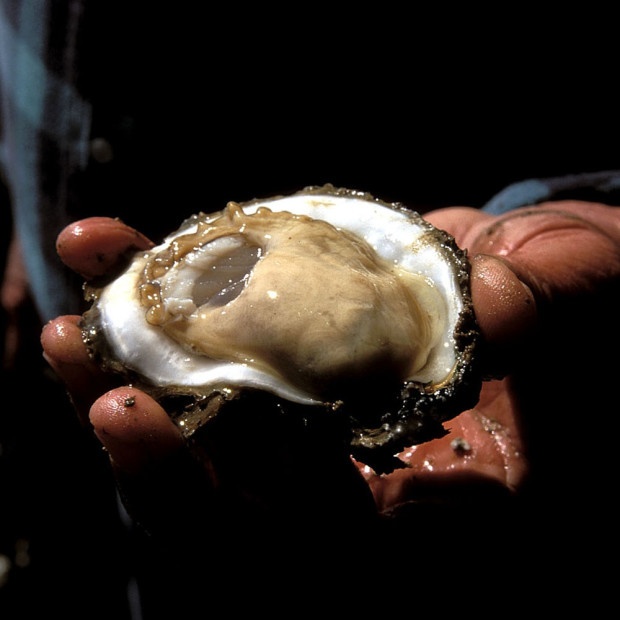
Common loons
This migratory species spends its summers in northern climates and was not on the Gulf Coast while the well was gushing oil. Even so, loons that winter on the Louisiana coast appear to have increasing concentrations of toxic oil compounds in their blood, possibly indicating that hydrocarbons from the disaster are making their way up the food chain.

Coral
A coral colony seven miles from the wellhead was found to be badly damaged by oil from the Deepwater Horizon. A separate laboratory study found that a mixture of oil and dispersant affected the ability of some coral species to build new parts of a reef. The full extent of the damage from oil and from the dispersant Corexit to deep sea corals and the marine communities they harbor is still uncertain.
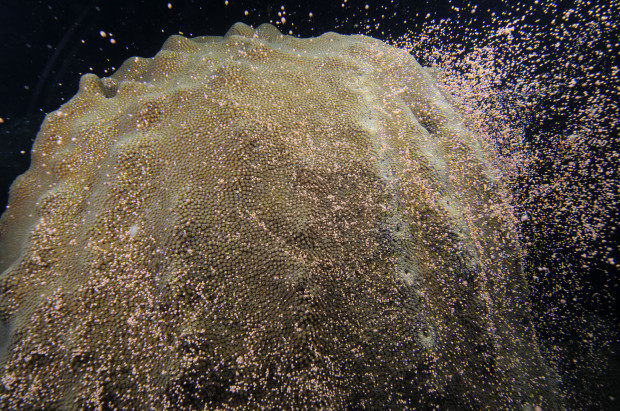
Tuna
A new study has found that a chemical in oil from the Deepwater Horizon spill causes irregular heartbeats in bluefin and yellowfin tuna that can lead to heart attacks, or even death. Juveniles may be particularly vulnerable as these heartbeat changes can also affect the development of other organs, such as the lungs and liver. The researchers believe that these findings may have implications for other species of vertebrates exposed to oil.
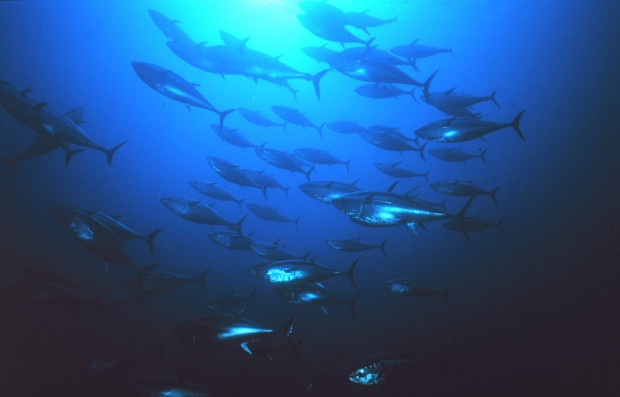
Sperm whales
Recent research has shown that the Gulf’s sperm whales have higher levels of DNA-damaging metals than sperm whales elsewhere in the world—metals that were present in oil from BP’s well. But does this mean that the disaster affected sperm whales on a population level? Scientists may never truly know, as less than as less than 4% of sperm whale carcasses are typically recovered.

Dolphins
Bottlenose dolphins in a heavily-oiled section of the Louisiana coast have lung damage, immune system problems, and their teeth are falling out. Federal scientists have said there strong evidence that oil from the Deepwater Horizon is making these dolphins so sick.
And dolphins in that particular area are not the only ones who are sick and dying—more than 900 bottlenose dolphins have been found dead in across the northern Gulf since February 2010. The National Oceanic and Atmospheric Administration has ruled out all other common known causes of previous dolphin die-offs, and is currently investigating if the Deepwater Horizon spill is the likely cause of these deaths as well.
 Tweet: More than 900 dead dolphins have been found in the #oilspill area since Feb 2010.
Tweet: More than 900 dead dolphins have been found in the #oilspill area since Feb 2010.
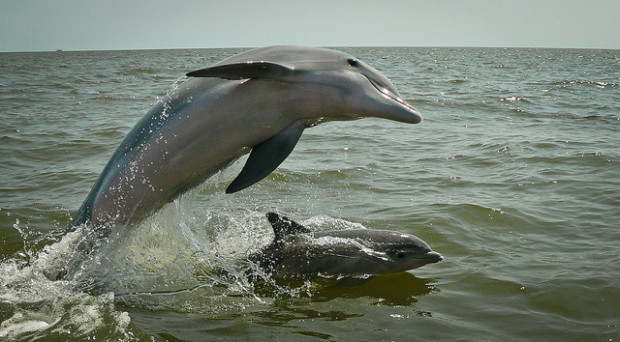
Download the Report
Want to know more about how wildlife are faring in the wake of the Deepwater Horizon spill? Download our new report, Four Years into the Gulf Oil Disaster: Still Waiting for Restoration.
Make sure that every penny of the BP’s penalties are spent on Gulf research and restoration.





















